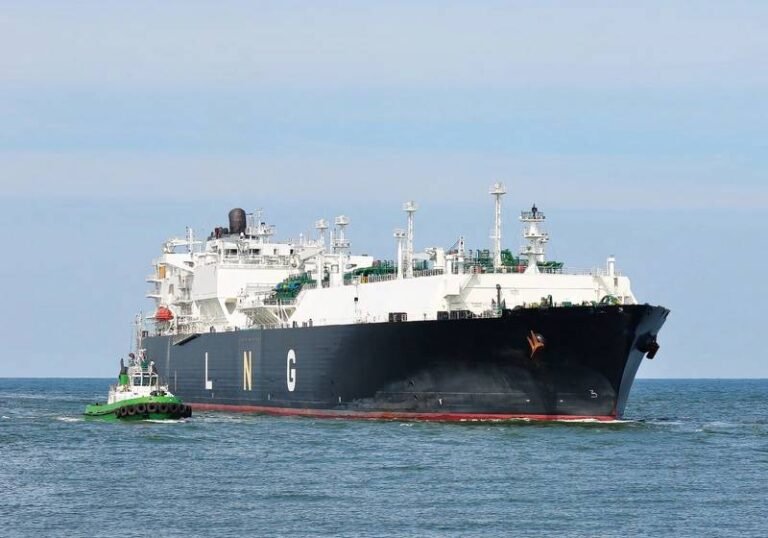The Rise of Argentina as an LNG Exporter: Challenges and Opportunities
August 15, 2025
The development of Argentina’s vast Vaca Muerta shale is reshaping the nation into a burgeoning energy exporter. With oil and pipeline gas already making their way to international markets, the ambitious ‘Argentina LNG’ initiative aims to establish a permanent presence in the global liquefied natural gas (LNG) market. While the geological potential is promising, the rapid pace of development presents its own set of challenges.
The ‘Argentina LNG’ project encompasses a series of phases designed to harness the resources of Vaca Muerta for both domestic and international energy needs. The project is divided into three main phases:
Phase 1 (5.95 MMtpa)
Southern Energy SA (SESA), a joint venture involving Pan American Energy, Pampa Energia, Harbour Energy, YPF, and Golar LNG, has contracted Golar LNG to develop this phase using the Hilli Episeyo FLNG unit (2.45 MMtpa) and the MK II (3.5 MMtpa). The project is set to commence in 2027 with the first vessel, followed by the second in 2028. A midstream player will also construct a pipeline as part of the infrastructure.
The FLNG component of Phase 1 has been included in the RIGI incentive program, providing legal stability and tax benefits to the project.
Phase 2 (10 MMtpa)
YPF has entered a Project Development Agreement with Shell to develop Phase 2, involving the construction of two 5 MMtpa newbuilds. A new pipeline will be required for this phase, with a targeted start-up in 2030.
Phase 3 (12 MMtpa)
YPF has partnered with Eni to develop Phase 3 through two newbuilds of 6 MMtpa each, targeting a start-up in 2029.
However, YPF’s legal dispute with Burford Capital over the expropriation of the NOC in 2012 poses a significant risk to the project. The ongoing court battle could impact the project’s timeline and overall feasibility until a resolution is reached.
At full capacity, the ‘Argentina LNG’ project will require 4.2 Bcf/d of feedgas, posing a challenge to meet the aggressive timelines for LNG delivery.
LNG Marketing Strategy
YPF has signed an MoU with Indian partners for up to 10 MMtpa of LNG. Given the volatility of Brazilian LNG demand, Argentina’s exports are expected to focus on spot and short-term contracts. Asian and European buyers are keen on diversifying their LNG sources, presenting opportunities for Argentine exports.
While Argentina’s investment climate has improved, some investors remain cautious due to past challenges faced by the Tango FLNG project during 2019-2020.
Construction Challenges
YPF’s plan to construct four newbuild FLNG units with capacities exceeding 5 MMtpa each presents significant challenges. Securing shipyard capacity, engaging new contractors, and ensuring timely delivery of these vessels will be critical for the project’s success.
Global LNG Market Competition
With several new liquefaction projects coming online globally, the ‘Argentina LNG’ project will face stiff competition. The project’s phased approach and early start-up for Phase 1 may provide a competitive edge in the market.
Overall, the ‘Argentina LNG’ initiative holds immense potential for Argentina to establish itself as a key player in the LNG market. Overcoming the challenges posed by rapid development, legal disputes, and global competition will be crucial for the project’s long-term success.
About the Author: Melissa Lucio is a Latin America Analyst at Welligence Energy Analytics, based in Houston. She specializes in upstream activities in Argentina, the Falkland Islands, and Uruguay. Melissa holds a Bachelor’s degree in Economics from Stanford University and has prior experience in LNG research focused on North American markets.

